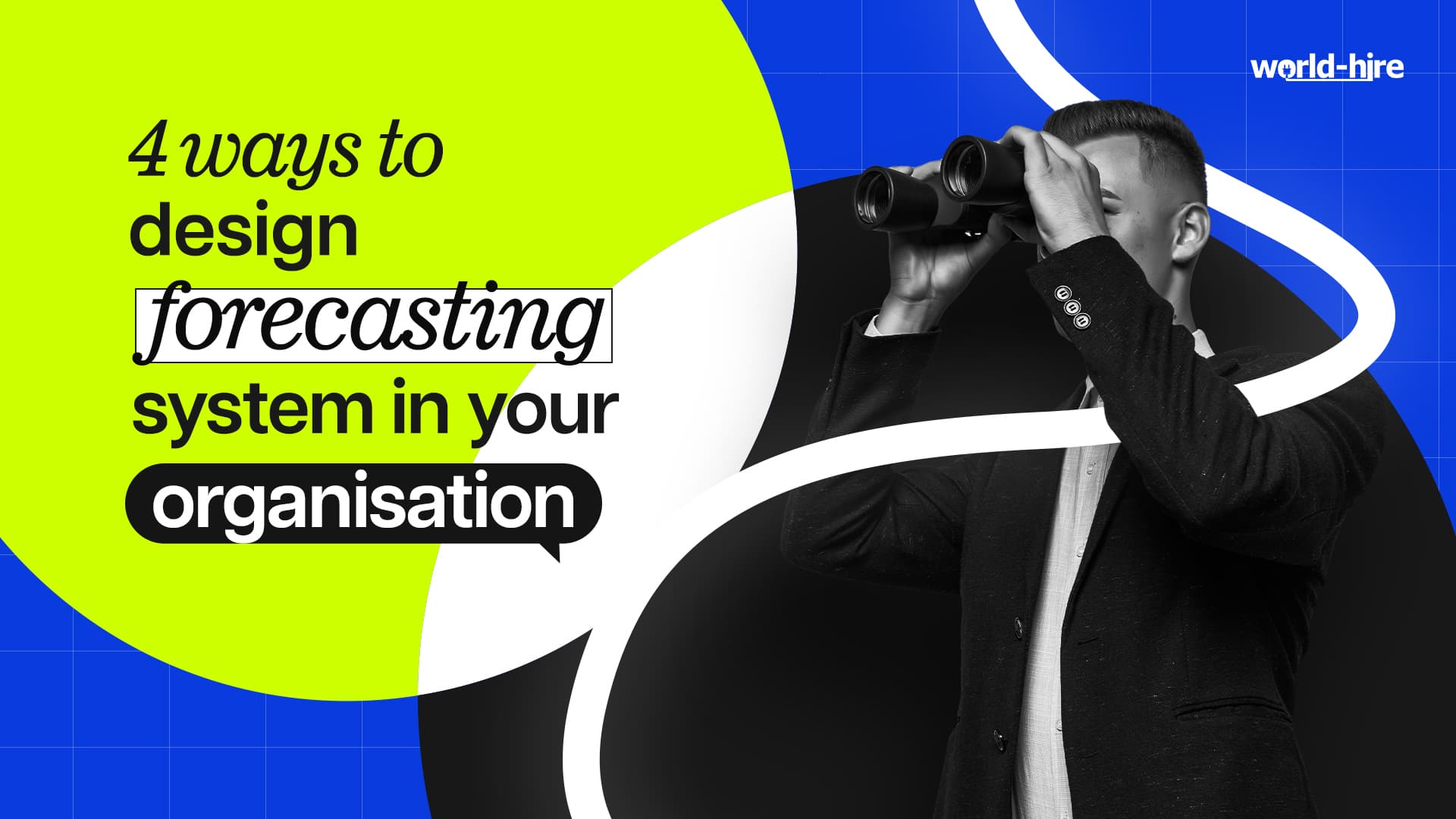Forecasting is an essential part of any organization’s strategic planning process. It involves making educated guesses about the future based on past and present data, and can help businesses make informed decisions about everything from inventory management to budgeting. In this blog, we’ll explore why having a forecasting system is important, how it works, and what steps organizations can take to design an effective system.
Why is forecasting important?
There are several reasons why having a forecasting system is important for any organization. For one, it allows businesses to anticipate future trends and adjust their strategies accordingly. This can help them stay ahead of the competition and respond quickly to changes in the market. By accurately forecasting sales or demand, businesses can optimize their inventory levels, manage their supply chains, and avoid stockouts or overstocks.
Furthermore, a forecasting system can help businesses make more accurate budget projections and avoid unnecessary expenses. By analyzing past trends and predicting future ones, organizations can better allocate resources and make more informed decisions about investments. For example, if a business forecasts a slowdown in sales, they may choose to reduce spending on marketing or delay a new product launch.
Additionally, a forecasting system can help organizations identify potential risks and opportunities. By analyzing market trends and external factors, businesses can identify potential threats to their operations and take steps to mitigate them. At the same time, they can also identify new opportunities for growth and expansion.
How does forecasting work?
Forecasting involves using statistical models to analyze historical data and make predictions about future trends. The accuracy of a forecasting system depends on the quality and quantity of the data used, the complexity of the models, and the expertise of the analysts.
There are several different methods for forecasting, including time series analysis, regression analysis, and machine learning. Time series analysis involves analyzing patterns and trends in historical data to make predictions about future outcomes. Regression analysis involves identifying relationships between different variables to make predictions about future outcomes. Machine learning involves using algorithms to analyze large datasets and make predictions based on patterns and relationships.
In practice, most forecasting systems use a combination of these methods, depending on the complexity of the data and the specific needs of the organization.
Steps to design an effective forecasting system
Designing a successful forecasting system requires careful planning, data selection, tool selection, and ongoing monitoring and adjustment. Here are some key steps organizations can take to design an effective forecasting system:
Define your goals and objectives:
The first step in designing a forecasting system is to define your goals and objectives. What are you hoping to achieve with your forecasting system? Are you looking to improve inventory management, anticipate market trends, or optimize your budget projections? By defining your goals and objectives upfront, you can tailor your forecasting system to meet your specific needs.
Choose the right data:
The quality of your forecasting system is only as good as the data you use. Ensure that you are collecting the right data from the right sources. This could include sales data, customer data, market data, and economic indicators. Be sure to also consider the time frame of your data – is it historical, current, or future-focused?
Use the right tools:
There are many tools available to support forecasting, from simple spreadsheets to advanced machine learning algorithms. It’s important to choose the right tools for your organization, taking into consideration the complexity of your data and the skills of your team. Consider whether you need a simple dashboard or a more advanced platform with built-in analytics and visualization.
Build accurate models:
Once you have the right data and tools in place, it’s time to build accurate models. This involves selecting the appropriate statistical methods and algorithms to analyze the data and make predictions. It’s important to test and validate your models to ensure they are accurate and reliable.
Monitor and adjust:
Forecasting is an ongoing process, and it’s important to regularly monitor and adjust your system as needed. This could involve updating your data sources, refining your models, or adjusting your forecasting goals and objectives. Regular monitoring and adjustment can help ensure that your forecasting system remains relevant and effective over time.
In conclusion, having a forecasting system is essential for any organization looking to stay competitive and make informed decisions. By accurately predicting future trends and adjusting their strategies accordingly, businesses can optimize their operations, avoid unnecessary expenses, and identify new opportunities for growth.
To design an effective forecasting system, organizations should define their goals and objectives, choose the right data and tools, build accurate models, and regularly monitor and adjust their system as needed. With the right approach, forecasting can be a powerful tool for driving success and growth in any organization.









